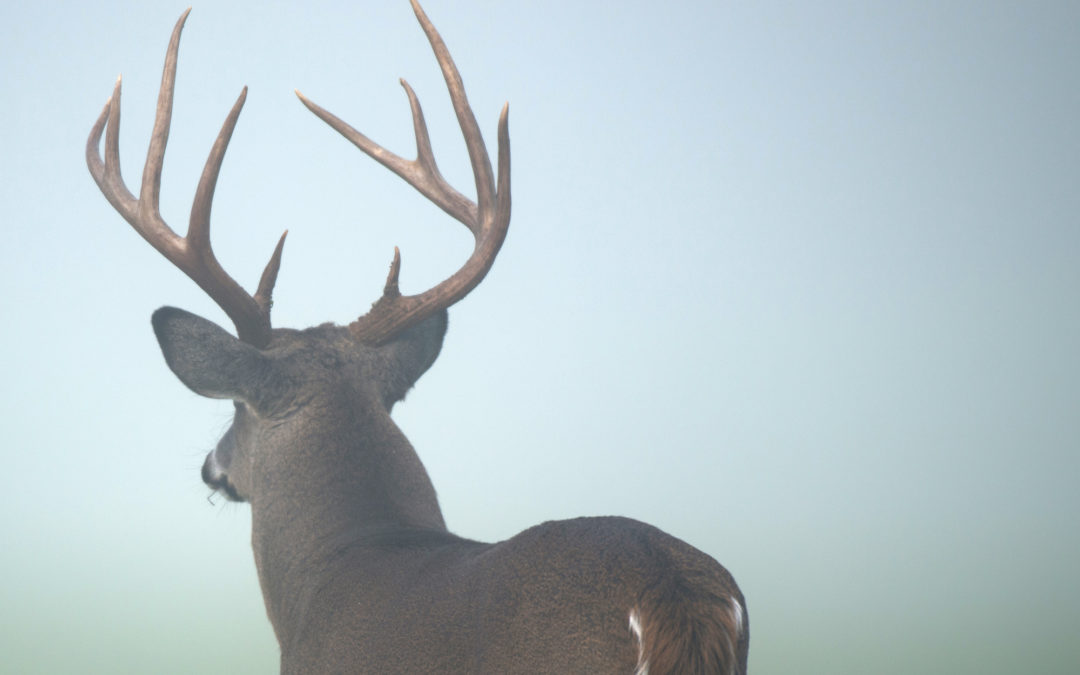Larry Weishuhn of Sporting Classics Daily tackles this age-old debate, combining scientific research and personal antidotes to give you the straight scoop
In a recent article published on Sporting Classics Daily (Nov. 6, 2019), long-time outdoor writer, wildlife biologist and television personality Larry Weishuhn was asked the question: “I thought the rule was ‘once a spike, always a spike’…Should I be giving them a year or two more?”
His answer made me look at our operation and evaluate whether we were following his sage advice.
In an earlier blog I stated that three things go into antler development: age, nutrition and genetics. In the debate on whether spike-antlered bucks are inferior –and therefore harmful to a long-range goal of increasing trophy quality in your deer population—you really need to look at all three of these factors before culling out your spikes.
How Old Is He?
When taking into account the age of a spike, Larry says it perfectly when he states “If spike bucks are killed as spikes I can assure you they’ll never develop a bigger set of antlers.” Simple, but true. A buck growing his first set of antlers may be doing so because he was a late fawn and he’s just behind in development. Whereas an older buck with spiked antlers may be doing the best he will ever do. Consider the age of the deer before deciding to lay him down.
Are The Genetics Present?
Even in controlled deer herds, the buck-doe pairings can cause huge swings in year-to-year antler production, but genetic management in wild deer is nearly impossible to fully control. But if there are good bucks in your area it stands to reason those genetics should be passed on. If there aren’t good bucks being killed that doesn’t mean they aren’t there. More likely they are those old, smart deer that only show up on camera in the deep dark of night. Hang some cameras in the thick woods you can’t really hunt to see what really lives on your property.
What About Food?
Where I think Larry’s article really resonates is in talking about the nutrition. Pulling from scientific research he’s done in years past, Larry is able to correlate poor nutrition to poor antler development. So even if good genetics are present and hunters are giving their deer enough time to mature, if the nutrition isn’t there for good deer health neither will the antlers be.
But to take it a step further –and maybe complicate the cull decision further—I think the nutrition available in an area is more accurately defined as the carrying capacity of an area. How many healthy deer can your area support? And while that may include a supplemental feeding program, unless you have really deep pockets you’re going to need to count on substantial helped from your environment. Put bluntly: Are there too many does, eating too much forage and keeping you bucks from getting the nutrition they need to thrive?
In my experience, everywhere I’ve seen a large number of spike bucks I find an equally outsized number of does. So before I start smoking spikes, I’m focusing my efforts on running down the number of mouths my environment has to support.
It’s easy to say “Once a spike, always a spike,” but people who live and breathe this stuff will tell you, it’s not quite that simple when deciding whether to cull spikes off your hunting property. Please take a few minutes to read Larry’s article; it’s well worth it. You can read the article in it’s entirety by clicking HERE. What are your thoughts? Go to our facebook page for The Lexington Hunt Club and tell us what you think in the comments section. You can also follow us on Instagram @lexingtonhuntclub.
Ready to come hunt The Lexington Hunt Club? Click HERE to book your dream hunt today.

